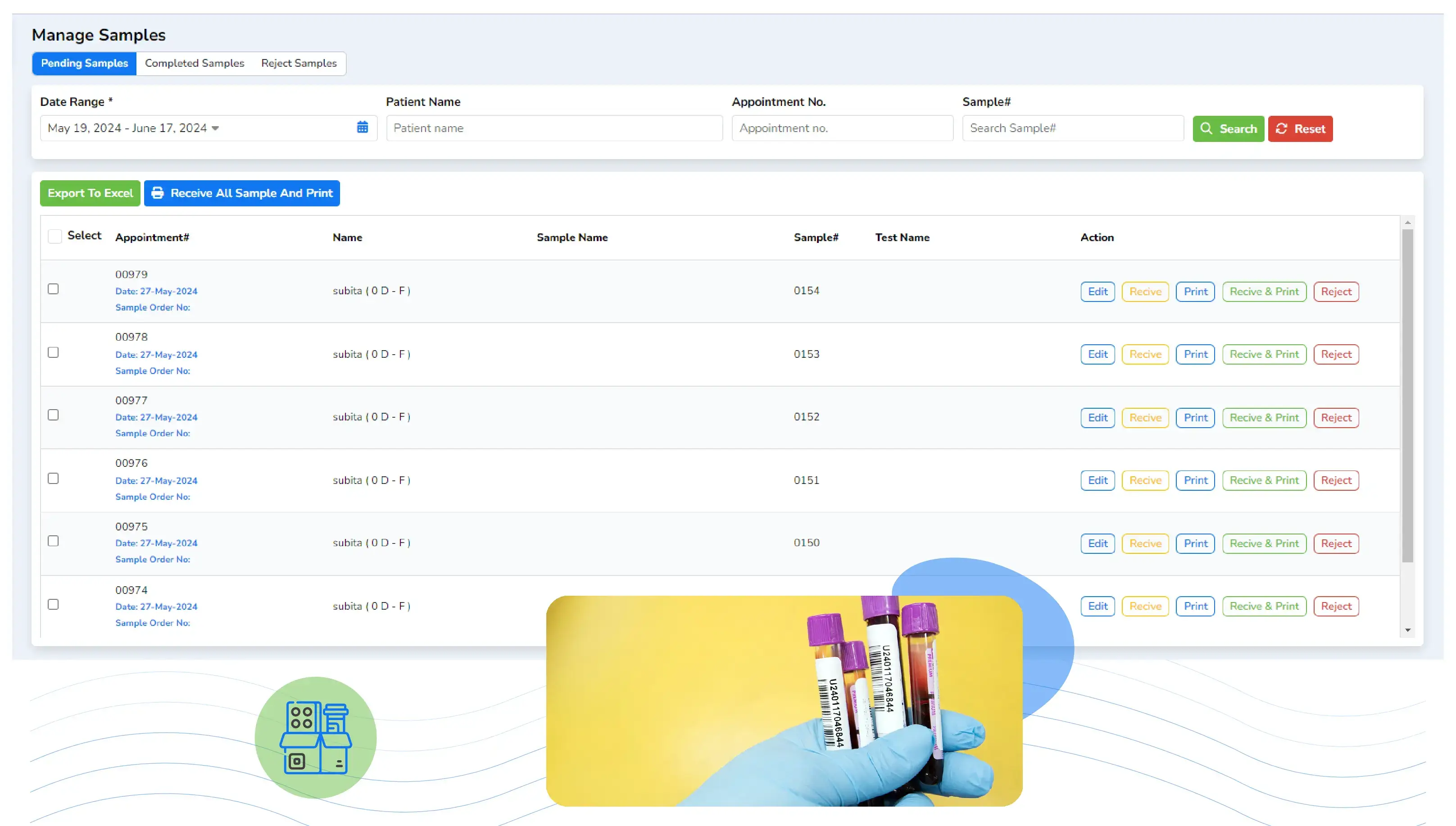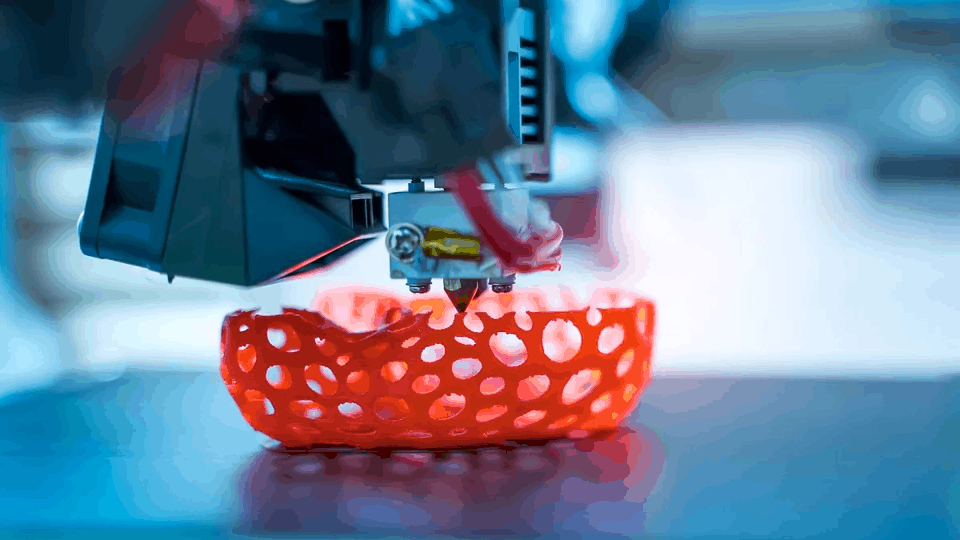The role of pathology labs in modern healthcare is irreplaceable. Pathology tests provide critical insights that guide physicians in diagnosing diseases, formulating treatment plans, and tracking patient progress. As the complexity and volume of tests increase, pathology labs face the ongoing challenge of improving both accuracy and efficiency. Fortunately, technology—particularly pathology lab software—has revolutionized the way these labs operate.
In this article, we will explore how pathology lab software is improving the accuracy and efficiency of testing, helping labs deliver faster, more reliable results while streamlining day-to-day operations. From sample management to data integration and automation, pathology lab software is a powerful tool for modern laboratories.
Table of Contents
1. Automated Data Entry and Sample Tracking
One of the most significant ways pathology lab software enhances both accuracy and efficiency is through automated data entry and sample tracking. Traditionally, manual data entry was prone to human error, leading to mistakes such as mislabeling or misplacing samples. With lab software, these errors are minimized or eliminated entirely.
How Automated Data Entry Works:
- Barcode Scanning: Pathology lab software integrates with barcode scanning technology, allowing technicians to label and track samples accurately. Each sample is assigned a unique barcode that links it to the patient’s records, test orders, and other essential data. This system significantly reduces the risk of human error that can occur with manual data input.
- Sample Chain of Custody: The software maintains a detailed record of every action taken on a sample, from collection to analysis and final reporting. This ensures that the sample’s integrity is preserved, and it is clear who handled the sample at each stage of the process.
Automated data entry and sample tracking ensure that each test is linked to the correct patient and that all necessary information is captured and stored correctly, leading to more accurate results and fewer mix-ups.
2. Improved Accuracy in Test Results
Accuracy in test results is essential in pathology labs, as even small errors can have significant consequences on patient diagnosis and treatment. Pathology lab software plays a vital role in improving the precision of test results by providing tools that reduce manual errors, ensure consistent testing procedures, and enhance the reliability of diagnostic tools.
Key Features of Pathology Lab Software for Improved Accuracy:
- Data Validation: Pathology software typically includes data validation checks at multiple stages of the testing process. For example, when test results are entered into the system, the software cross-checks them against pre-defined criteria to ensure they fall within expected ranges. If any discrepancies or outliers are detected, the system flags them for review, preventing inaccurate data from being reported.
- Instrument Integration: Modern pathology labs rely on a variety of diagnostic instruments, each generating a wealth of data. Pathology lab software integrates seamlessly with these devices, pulling test results directly from machines into the lab’s information system. This integration reduces transcription errors and ensures that test results are immediately available for review.
- Consistency in Reporting: Many pathology tests are complex and require a high level of precision in interpretation. Pathology lab software can standardize the reporting process, ensuring that all results are presented in a consistent format and interpreted according to best practices. This helps pathologists provide accurate diagnoses more quickly.
By automating data validation, integrating diagnostic instruments, and standardizing reporting, pathology lab software enhances the accuracy of results, reducing the risk of misdiagnosis and improving patient care.
3. Streamlining Workflow and Reducing Turnaround Time
In the fast-paced environment of a pathology lab, the speed at which test results are generated and reported is crucial. Delays in test results can lead to delayed diagnoses and treatment, potentially worsening patient outcomes. Pathology lab software streamlines workflows, reducing turnaround time and ensuring tests are completed efficiently.
Workflow Streamlining Features:
- Task Automation: Pathology lab software automates many routine tasks, such as generating test orders, labeling samples, and updating patient records. This reduces the burden on laboratory staff, freeing them to focus on more complex tasks. Automation helps speed up the entire testing process, from sample collection to result reporting.
- Queue Management: The software can prioritize and manage sample workflows by tracking sample processing stages and ensuring that each test is completed in the right order. It also helps manage urgent cases more effectively, reducing delays for critical tests.
- Integration with Laboratory Instruments: As mentioned earlier, integration with diagnostic instruments allows test results to be automatically populated into the software system. This eliminates the need for manual entry of results and accelerates the time it takes to generate a report.
By automating repetitive tasks and optimizing sample workflows, pathology lab software reduces turnaround times, allowing labs to provide faster and more accurate test results, which is essential for timely diagnoses and treatments.
4. Data Management and Reporting Capabilities
Efficient data management is another area where pathology lab software shines. In pathology, test results are often complex and need to be stored, retrieved, and analyzed efficiently. Pathology lab software provides a centralized system for managing vast amounts of data, which ensures that test results are easily accessible and that historical data can be used for comparison and analysis.
Key Data Management Features:
- Centralized Data Repository: Pathology lab software provides a centralized database where patient records, test results, and other essential data are stored securely. This makes it easy for lab technicians, pathologists, and healthcare providers to access critical information in real time.
- Customized Reporting: Pathology lab software enables labs to generate customized reports tailored to specific test requirements or clinician preferences. Reports can be automatically formatted based on predefined templates, ensuring consistency and reducing errors in manual report generation.
- Historical Data Comparison: Many pathology labs require the comparison of current test results with previous results for a comprehensive diagnosis. Pathology lab software can store historical data and allow for easy retrieval and comparison, enabling pathologists to track disease progression or evaluate the effectiveness of treatments.
With advanced data management and reporting capabilities, pathology lab software ensures that test results are accessible, reliable, and easily interpretable, which directly impacts diagnostic accuracy.
5. Regulatory Compliance and Quality Control
Achieving regulatory compliance is essential for pathology labs, especially those seeking accreditation or working in regions with strict health regulations. Pathology lab software helps labs meet these requirements by maintaining compliance with quality control (QC) standards and regulatory guidelines.
Compliance and QC Features:
- Audit Trails: Pathology lab software provides audit trails for every action taken in the system, ensuring that all data entry and changes are tracked and logged. This feature is crucial for regulatory compliance, as it enables labs to demonstrate transparency and accountability during inspections or audits.
- Quality Control Alerts: The software includes built-in QC functionality that allows labs to monitor the accuracy and consistency of their testing processes. If there are any issues, such as equipment malfunctions or result anomalies, the software triggers alerts to ensure corrective actions are taken promptly.
- Accreditation Standards: Pathology lab software can be configured to meet the standards set by accrediting bodies such as the College of American Pathologists (CAP) and ISO 15189, ensuring that labs remain compliant with international and local regulations.
By assisting with regulatory compliance and maintaining rigorous quality control standards, pathology lab software supports labs in meeting accreditation requirements, ultimately improving the accuracy and reliability of their testing processes.
Conclusion
Pathology lab software is essential for improving both the accuracy and efficiency of testing in modern laboratories. By automating routine tasks, enhancing data management, reducing human error, and ensuring compliance with regulatory standards, these software solutions enable labs to deliver more reliable results faster. As technology continues to evolve, pathology lab software will play an even more critical role in shaping the future of diagnostics and patient care, ensuring that patients receive the highest quality of care possible.
About the Author: Morain is an experienced content writer and SEO expert based in Mumbai, India. With 10 years of expertise in the healthcare SaaS industry, he specializes in creating optimized content that drives results and helps businesses succeed online. His deep understanding of SEO strategies and healthcare technology allows him to craft content that not only informs but also ranks well on search engines.










